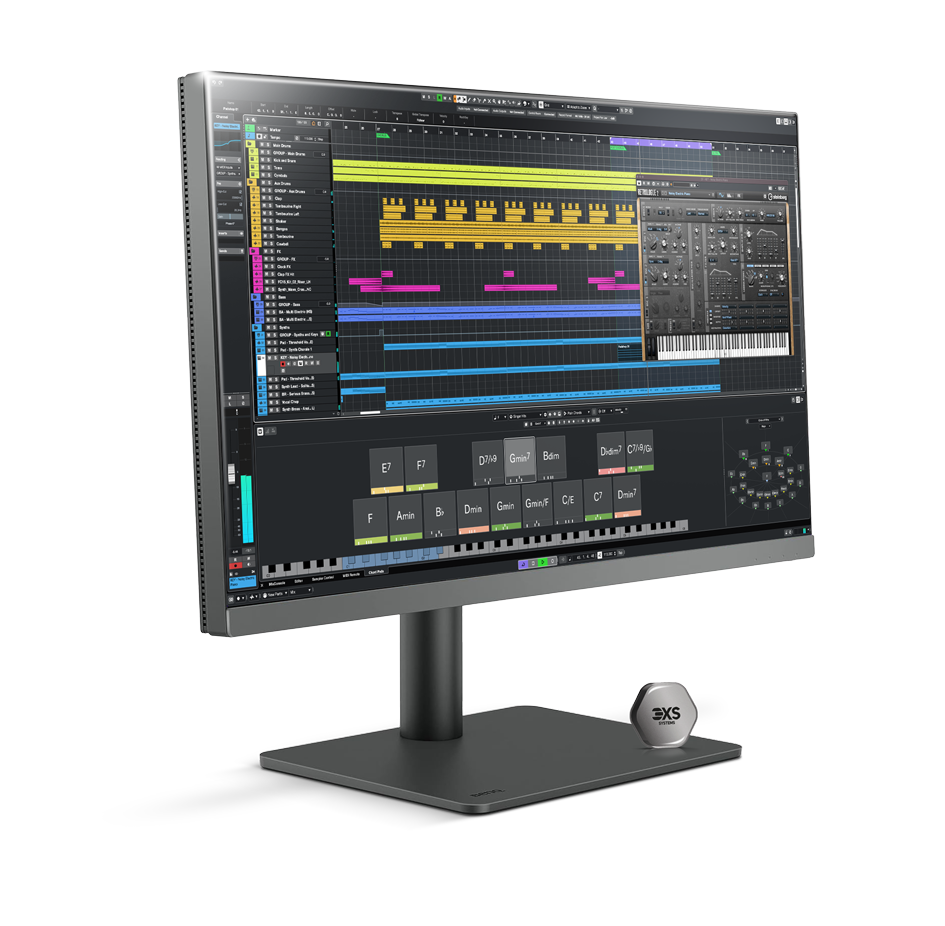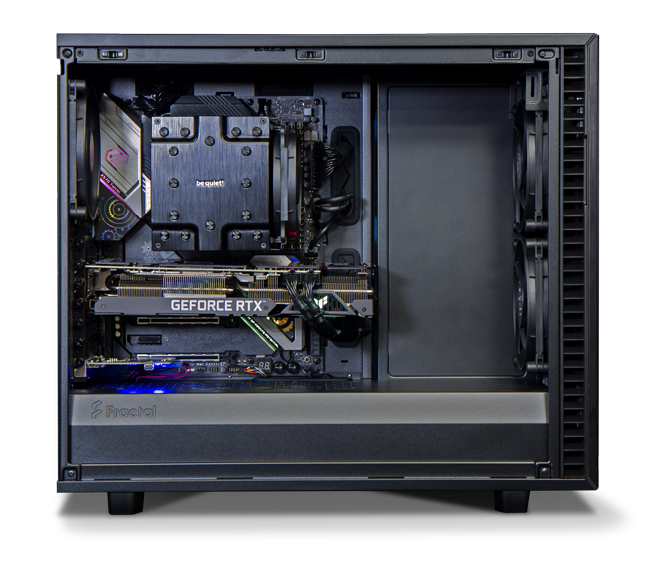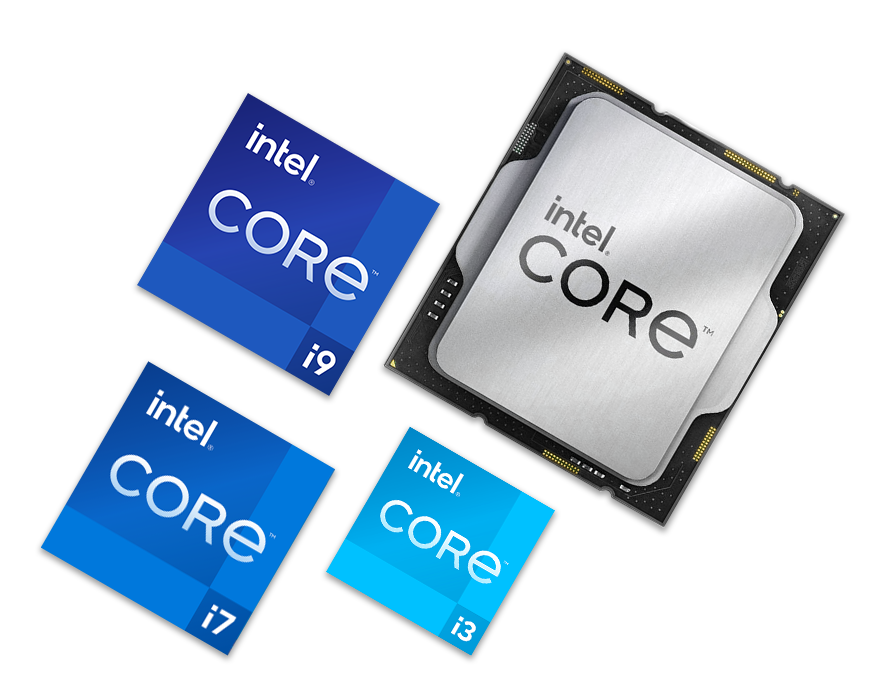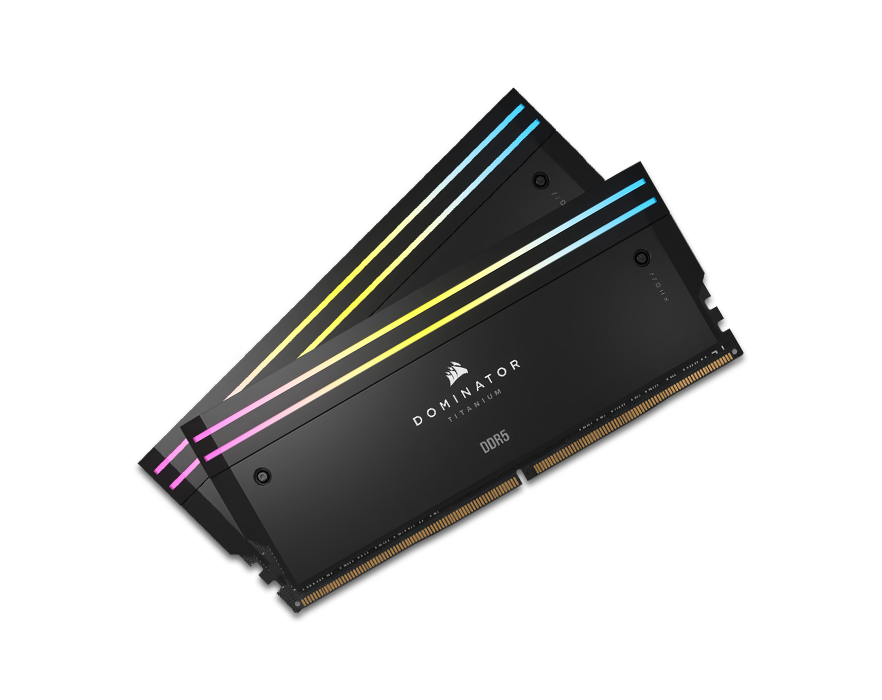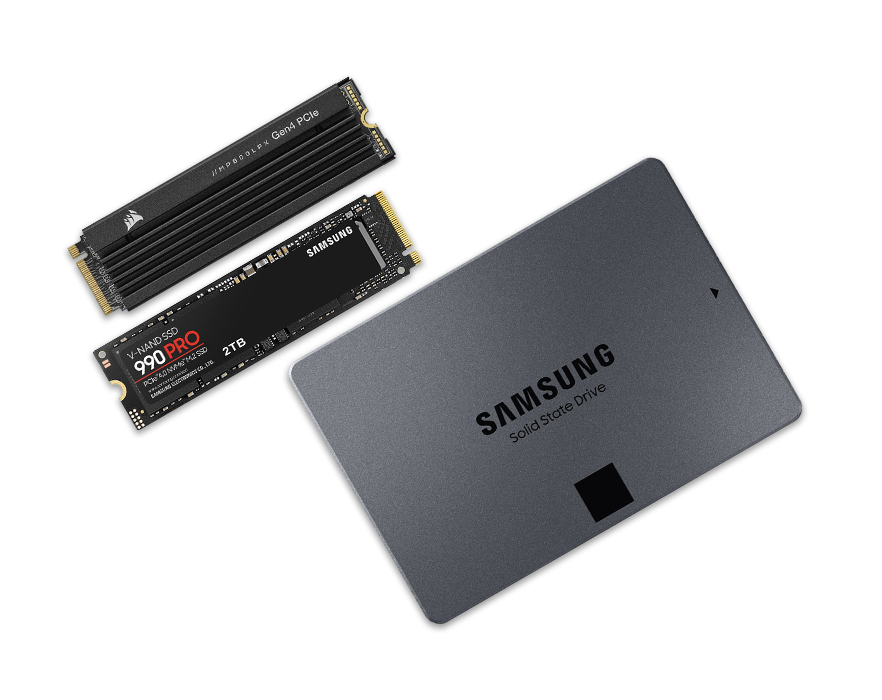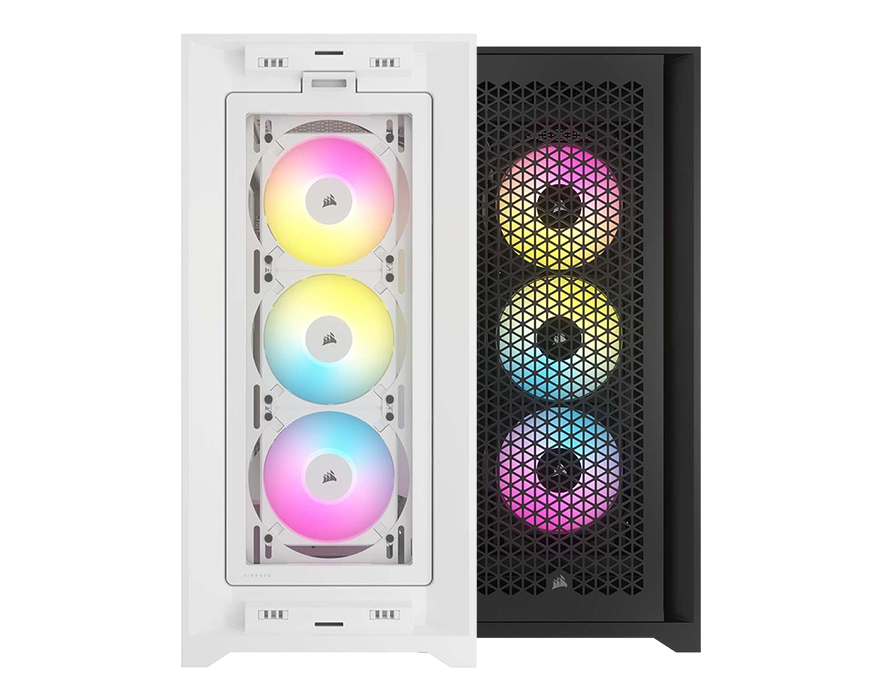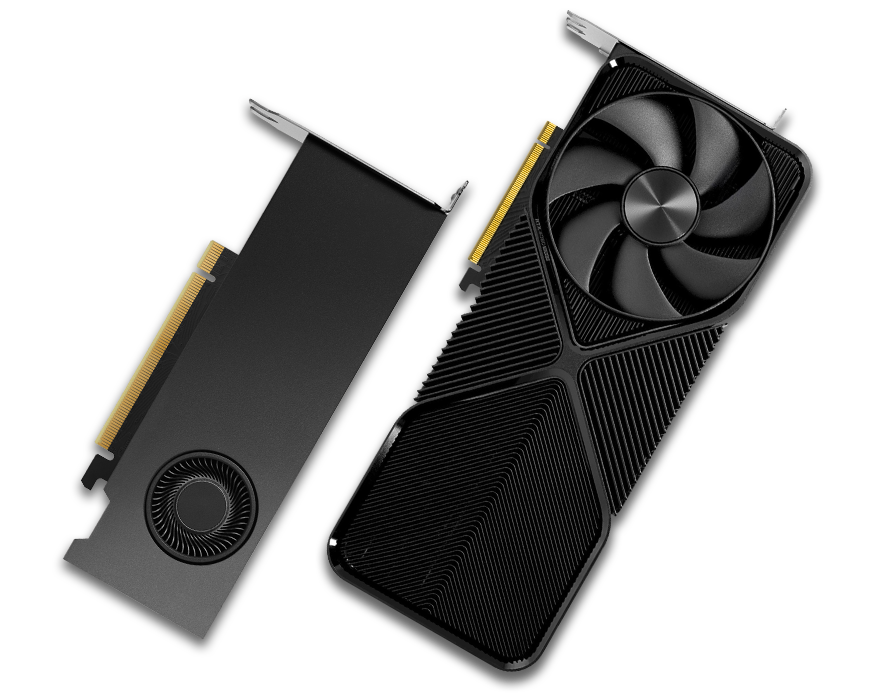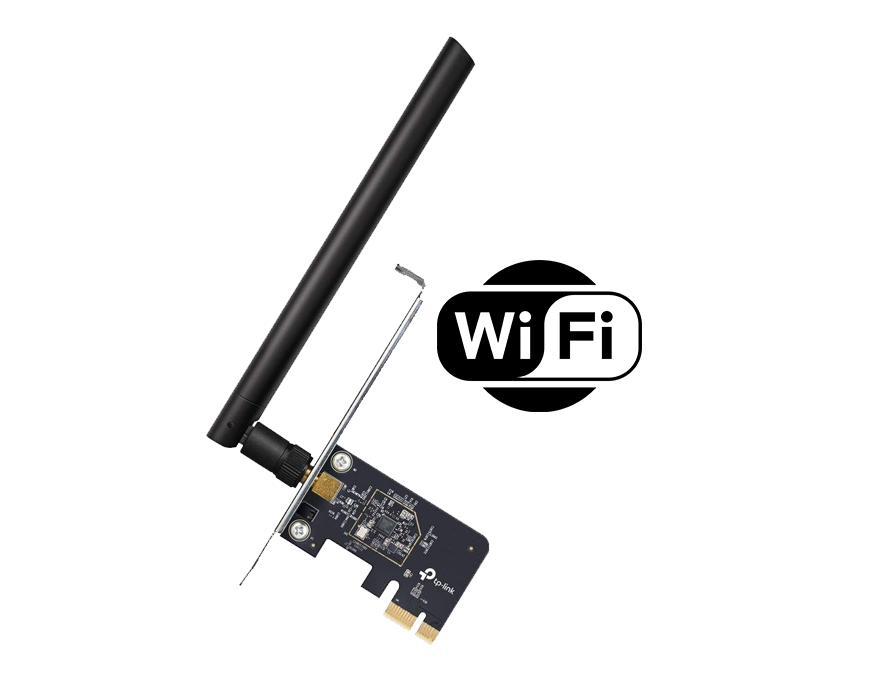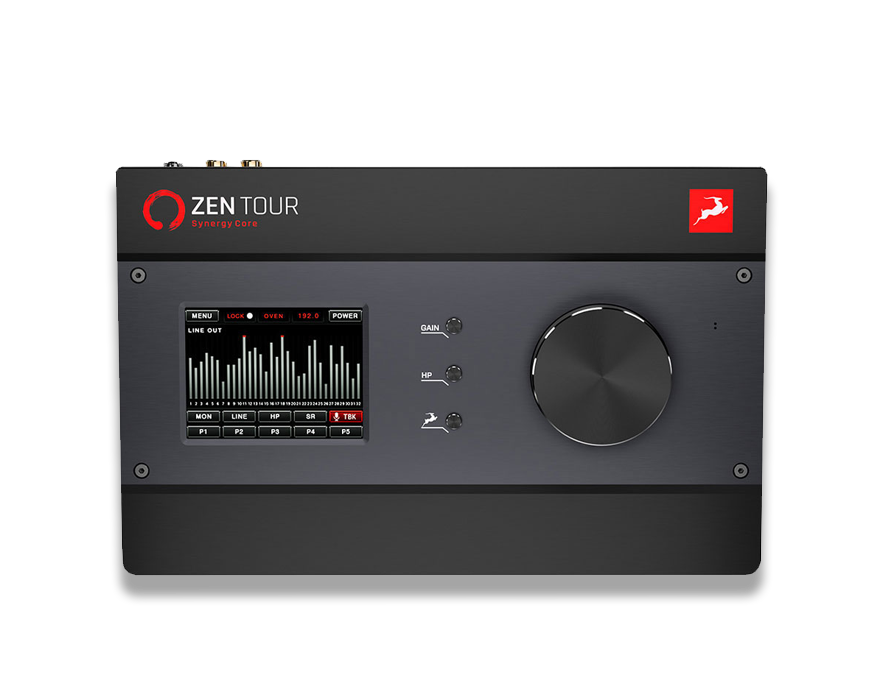Pro Audio PCs
Choosing the right composer PC - How to pick the ideal setup for sound library composition
3XS Systems is a UK based award-winning manufacturer of hand crafted pro audio pcs
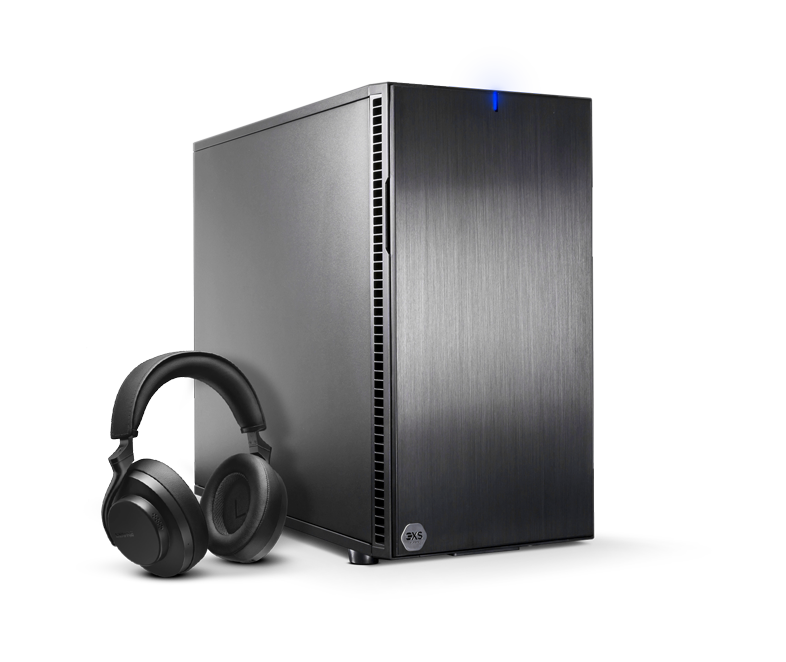
Recommended systems
Take a look at some of our custom crafted PCs, we have configured to help you choose your ideal system
SP650

A great value AMD composer PC solution, using the more power efficient 7000 series which allows you to specify a high performance, yet super low noise solution for production in recording spaces. Offering DDR5 support and up to 7 drives, it's sure to give you the overhead and expandability required for any growing studio.
AZ790

Based around Intel's 13700K CPU, offering high performance based around air cooling in a great value package. Intel's DDR5 handling offers great performance gains when working with large libraries, along with a possible maximum memory expansion to 192GB. With a potential 7 storage drives, the result is a well-balanced composition system.
TZ790

Intel's supercharged 13900K offers unreserved performance for any application and with the addition of water cooling this allows us to keep the CPU primed for the most demanding of projects. Once again offering up 192GB of super quick DDR5 and a potential 7 storage drives, this is the composer PC that turns it up to 11.
Why choose 3XS?
Technology changes fast and putting together your ideal recording studio PC can give rise to many choices and concerns. Where often you find performance at the cost of noise, we aim to strike a balance and offer you the power whilst running a quiet system. All of our systems are designed with this in mind along with the ability for you to customize them further.
With more than 20 years building award winning systems our team includes industry experts who understand the importance of building a system which will integrate smoothly into your setup. Whilst our configuration pages offer selectable pre-tested options for you base your system around, our staff are always on hand to discuss and further tweaks and additions you may want to add.
If this is your first system, or even a long overdue upgrade, you might be wondering about the importance of each component choice. Following on below, we have a breakdown of what to keep in mind as you make your studio PC selection.

Optimizing for composition and orchestration
